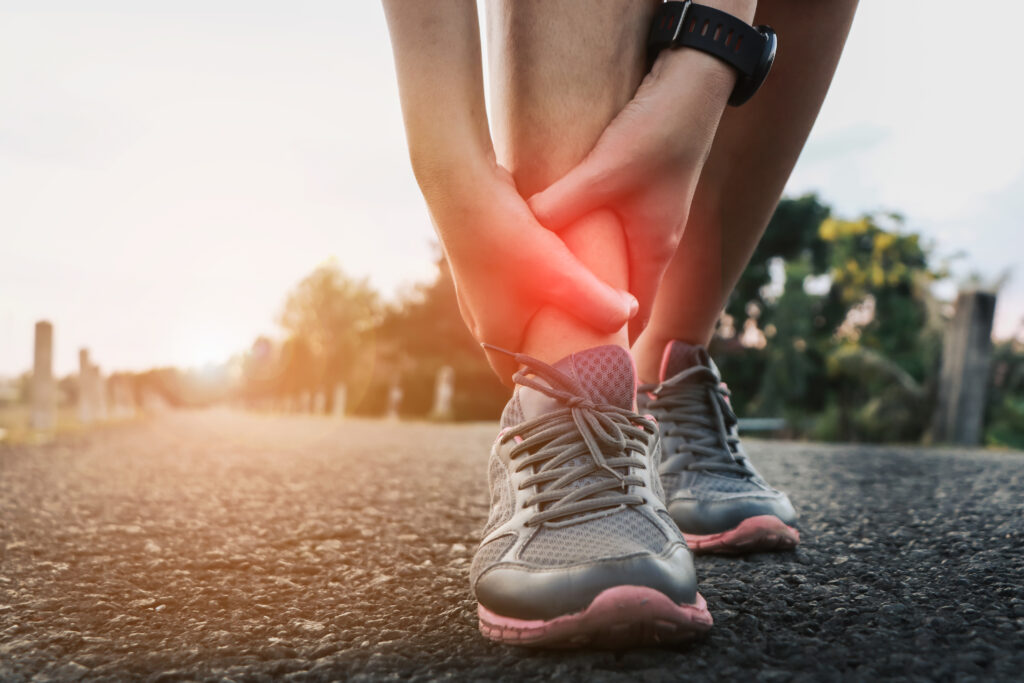Sports
Tips to prevent Running Injuries
What causes running injuries? This is a gray area and the simple answer is…we don’t know exactly. We may think running injuries are caused by a lack of strength or flexibility; poor running biomechanics; changes in training; the wrong running shoes or even psychological factors. While these factors can absolutely play a role, the truth is, there is limited evidence to suggest that there is ONE single risk factor that provides an adequate explanation of why running injuries occur. Instead, research suggests that running injuries are multifactoral and complex- meaning they can often be due to multiple factors.
Some of these factors may include:
⦁ Biological factors- training load and intensity, age, gender.
⦁ Social factors- stress, nutrition, sleep.
⦁ Psychological factors- competence-based self-esteem.
All these factors may influence pain; it’s a complex system that’s heavily interlinked. So although there may not be one single factor that is the reason for your injury, this doesn’t mean there isn’t a link between the above-mentioned factors and why you are getting injured. There are certain things you can do to help prevent a running injury from occurring, which we are going to discuss further.
Here are my top three tips on how you can prevent a running injury:
1. Manage training load. One of the most common factors for running injuries is poor management of the training load. Essentially what we want to achieve is a balance between the load that we’re placing on our tissues (muscles, tendons, ligaments) and the tissue’s capacity to manage that load. Often the load far outweighs the capacity of the tissue and that is when injuries can occur. Factors we need to consider include- running mileage, volume, frequency, intensity (speed), and incline/decline. So how do you improve your tissue capacity?
2. Get STRONG. Through strength and conditioning, we can improve the tissue’s capacity to manage load, ultimately leading to fewer injuries. Increasing strength can also improve running economy and performance. Strength training doesn’t need to be complicated to be effective- two simple strength circuits per week can be sufficient.
3. Improve recovery. Recovery for both body and mind is vital- if we don’t allow our bodies to recover, it results in fatigue which can often lead to injury. Figuring out physical as well as emotional recovery strategies can be very effective in managing such injuries. Strategies may include- prioritizing sleep, nutrition, and stress management. Research suggests that athletes who have less than 7 hours of sleep per night have a higher risk of injury. Optimizing sleep is especially important as the training load increases- train more, sleep more. SLEEP is by far our most effective recovery strategy! Recovery isn’t something that just happens, it should be planned and optimized. Plan recovery days- include a rest day weekly, ideally after an intense session or your longest run. Plan recovery weeks- reduce training volume roughly every fourth week or when feeling fatigued. Planning your sleep schedule and your strength and conditioning schedule will also facilitate optimal recovery.
Other factors that can influence our likelihood of injury may include- running biomechanics or our choice of running shoes. If you are unsure whether you need a certain type of running shoe, it is recommended to get a running assessment and have a professional advise you on the best shoe for your gait pattern.
Running is a high-impact sport and can often lead to overuse injuries. Focusing on training load management, strength and conditioning as well as recovery for body and mind, can optimize your running and help in the prevention of injuries. Focus on one step at a time.
Happy running!


